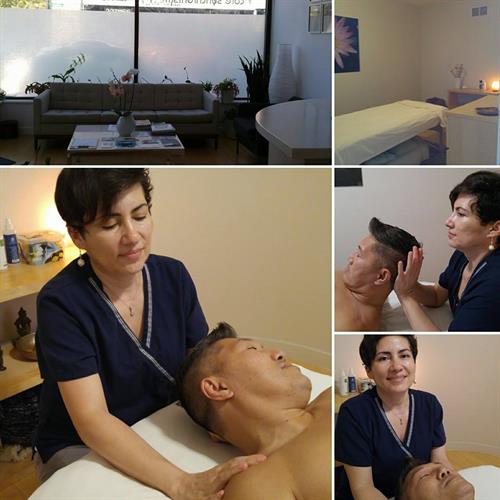What you need to know about your posture
- Your ears, shoulders, hips, knees, and ankles should align when standing.
- When sitting at the office, tilt your screen to avoid craning your neck.
- It’s best to sleep on your back on a firm mattress.
- Stand up straight
- Stand up and look in a mirror. Check out which areas are preventing you from standing up straight. Are your shoulders slouched forward? Is your head down? Is your back bent? Straighten out whatever is slouching and observe the difference.
- Your ears, shoulders, hips, knees, and ankles should make one straight line. Relax your shoulders and slightly bend your knees — you don’t want to look like a robot. If you’re standing for a long period of time, make sure to continue shifting your weight every so often.
- If you’re bending down to pick up something, bend your knees and hips; don’t bend down and grab the object with just your waist.
Are your shoulders in a forward slump?
You cannot begin to correct posture problems if you don’t know whether or not you have them. What’s the best way to find out? Although back aches are often a tell tale sign, not everyone with incorrect posture has soreness or stiffness—YET!
You can make a posture assessment by standing sideways in front of a mirror. Stand in a typical position, as though you are having a conversation with someone. Don’t cheat! How do you look?
Rounded shoulders, although common, are actually a postural abnormality caused by spending hours hunched over behind a computer or desk, while driving a car or watching television, or while performing repetitive tasks on the job. In these forward reaching positions, your chest, shoulders and hip muscles become shortened and tight while the muscles of your upper and middle back weaken.
The self-test: Place 2 fingers at the top of your right shoulder and feel for a bony notch that protrudes from it. That’s your acromion. Now grab a ruler and lie on your back on the floor, your right arm resting alongside your body. With your left hand, measure the distance from your right acromion to the floor, being careful not to raise or lower your right shoulder as you do so. If the distance is more than 1 inch, you have upper-cross syndrome (UCS).
Upper cross syndrome is the weakening and lengthening of the posterior upper-back and neck musculature, and the tightening and shortening of the anterior and opposing musculature contribute to UCS. This sydrome can lead to conditions like shoulder instability and spinal degeneration. This shoulder instability leads to impingement of the rotator cuff muscles and inflammation of the tendons surrounding the shoulder.
If someone with UCS swims, bikes, or runs, it will exacerbate the faulty mechanics and cause excessive wear to the skeletal system, muscles, and tendons and ligaments. Additionally, UCS will also hinder performance by depressing the sternum; meaning you can’t breathe.
Mindful Tip: notice your breathing patterns during the day, there is a good chance you’ve notice you’re using shallow breath this will make your body take on a more hunched over appearance, it may be time to seek help.
Related pages
The effects of poor posture

